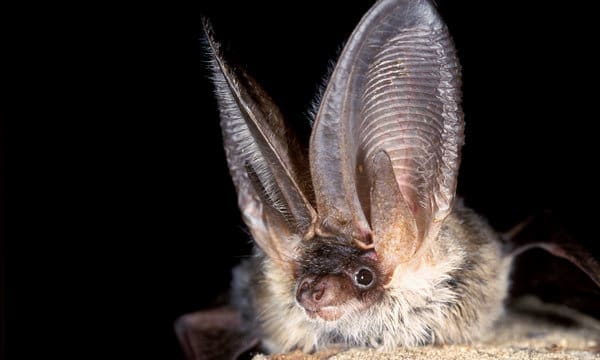The Northern Long-Eared Bat was listed as a threatened species under the federal Endangered Species Act in April 2015. The US Fish and Wildlife Service published the final 4(d) rule this January which identifies the required informal and formal consultation which may be required for the review of development and transportation projects.
Under the final 4(d) rule that went into effect in February, incidental take is prohibited under the following circumstances:
- If it occurs within a hibernacula
- If it results from tree removal activities and the activity occurs within a quarter mile of a known hibernacula, or the activity cuts or destroys a known, occupied maternity roost tree or other trees within a 150-foot radius from the maternity roost tree during the pup season (June 1 through July 31)
According to the USFWS Chicago Field Office, there are no known hibernacula or maternity roost trees in the six-county, Chicago area and therefore, no potential situations which would involve an incidental take in the six-county area. In addition, NLEB surveys and habitat assessments are not required under the rule. This is in accordance with the programmatic biological opinion on the final 4(d) rule for the NLEB and activities exempted from take prohibitions. As documented on the NLEB 4(d) Rule Streamlined Consultation Form, the only NLEB issue in the Chicago area is that any tree removal considered to be forest conversion will be limited between April 1 through October 31.
 If you have questions about wildlife assessment or need professional assistance, please contact:
If you have questions about wildlife assessment or need professional assistance, please contact:
Tom Slowinski
V3’s Vice President, Wetlands & Ecology
Direct: 630.729.6285
Email: tslowinski@v3co.com

